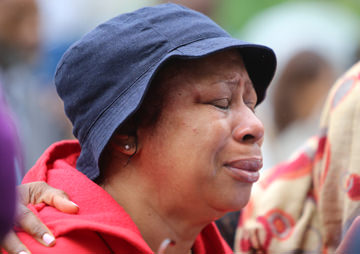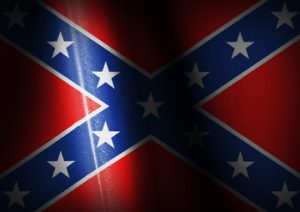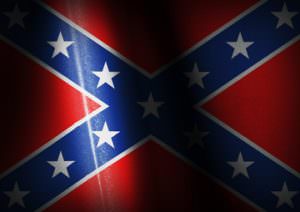On the Charleston Shooting and the Daily Tragedy of ‘Living While Black’
Poet Claudia Rankine's painfully powerful piece delves into how the "killing of black people is an unending spectacle" that leaves black Americans in a constant state of mourning and raises the question, "What kind of country do we live in?" Members of the Greater Allen AME church march in New York City in solidarity with Emanuel AME. (a katz / Shutterstock.com)
Members of the Greater Allen AME church march in New York City in solidarity with Emanuel AME. (a katz / Shutterstock.com)
Poet Claudia Rankine’s painfully powerful piece for The New York Times delves into how the “killing of black people is an unending spectacle” that leaves black Americans in a constant state of mourning and raises the question, “What kind of country do we live in?”
From The New York Times:
The spectacle of the [Charleston] shooting suggests an event out of time, as if the killing of black people with white-supremacist justification interrupts anything other than regular television programming. But Dylann Storm Roof did not create himself from nothing. He has grown up with the rhetoric and orientation of racism. He has seen white men like Benjamin F. Haskell, Thomas Gleason and Michael Jacques plead guilty to, or be convicted of, burning Macedonia Church of God in Christ in Springfield, Mass., just hours after President Obama was elected. Every racist statement he has made he could have heard all his life. He, along with the rest of us, has been living with slain black bodies.
We live in a country where Americans assimilate corpses in their daily comings and goings. Dead blacks are a part of normal life here. Dying in ship hulls, tossed into the Atlantic, hanging from trees, beaten, shot in churches, gunned down by the police or warehoused in prisons: Historically, there is no quotidian without the enslaved, chained or dead black body to gaze upon or to hear about or to position a self against. When blacks become overwhelmed by our culture’s disorder and protest (ultimately to our own detriment, because protest gives the police justification to militarize, as they did in Ferguson), the wrongheaded question that is asked is, What kind of savages are we? Rather than, What kind of country do we live in?…Anti-black racism is in the culture. It’s in our laws, in our advertisements, in our friendships, in our segregated cities, in our schools, in our Congress, in our scientific experiments, in our language, on the Internet, in our bodies no matter our race, in our communities and, perhaps most devastatingly, in our justice system. The unarmed, slain black bodies in public spaces turn grief into our everyday feeling that something is wrong everywhere and all the time, even if locally things appear normal. Having coffee, walking the dog, reading the paper, taking the elevator to the office, dropping the kids off at school: All of this good life is surrounded by the ambient feeling that at any given moment, a black person is being killed in the street or in his home by the armed hatred of a fellow American.
The Black Lives Matter movement can be read as an attempt to keep mourning an open dynamic in our culture because black lives exist in a state of precariousness. Mourning then bears both the vulnerability inherent in black lives and the instability regarding a future for those lives. Unlike earlier black-power movements that tried to fight or segregate for self-preservation, Black Lives Matter aligns with the dead, continues the mourning and refuses the forgetting in front of all of us. If the Rev. Martin Luther King Jr.’s civil rights movement made demands that altered the course of American lives and backed up those demands with the willingness to give up your life in service of your civil rights, with Black Lives Matter, a more internalized change is being asked for: recognition.
Read more.
—Posted by Natasha Hakimi Zapata
Your support matters…Independent journalism is under threat and overshadowed by heavily funded mainstream media.
You can help level the playing field. Become a member.
Your tax-deductible contribution keeps us digging beneath the headlines to give you thought-provoking, investigative reporting and analysis that unearths what's really happening- without compromise.
Give today to support our courageous, independent journalists.




You need to be a supporter to comment.
There are currently no responses to this article.
Be the first to respond.